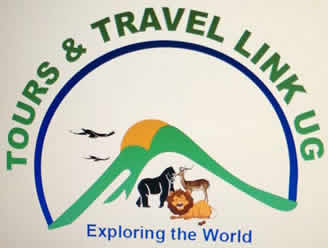Chimpanzee Trekking.
Chimpanzees, scientifically known as Pan Troglodytes, are a species of great apes that are closely related to humans. They are one of the two extant species of the genus Pan, the other being bonobos (Pan paniscus). Chimpanzees are native to sub-Saharan Africa and are found in a range of habitats including forests, savannas, and grasslands.
Behavior and Social Structure.
Chimpanzees are highly social and live in communities known as troops or communities. Troops can range in size from 15 to over 100 individuals.
They are known for their complex social interactions, hierarchical social structure, and diverse communication methods, including vocalizations, gestures, and facial expressions.
Chimpanzees exhibit a wide range of behaviors, including tool use, hunting, cooperation, and problem-solving.
Habitat and Distribution.
Chimpanzees are native to a large part of tropical Africa, including countries like Uganda, Rwanda, Tanzania, Congo, and others.
They inhabit a range of environments, from rainforests and grasslands to savannas and woodland.
Conservation Status.
Chimpanzees are listed as endangered on the IUCN Red List of Threatened Species due to habitat loss, hunting, and disease (especially diseases transmitted from humans).
Conservation efforts are in place to protect their habitats, combat poaching, and raise awareness about their conservation needs.
In East Africa, chimpanzee trekking is mainly carried in Uganda, Rwanda, Tanzania, and the Democratic Republic of Congo. These are popular destinations for this activity.
To participate in chimpanzee trekking, tourists usually need to obtain a permit from the respective national park or wildlife authority. These permits help regulate the number of visitors and ensure the well-being of the chimpanzees and their habitat.
Chimpanzee trekking is usually accompanied by experienced guides or park rangers who lead visitors into the forest to locate and observe chimpanzee groups. The guides are knowledgeable about the chimpanzees’ behavior, habitats, and safety protocols.
Once the chimpanzees are located, tourists are allowed to spend a limited amount of time observing and photographing them. This is typically an hour-long experience, during which visitors can watch the chimpanzees interact, feed, and exhibit their natural behaviors.
In Uganda, one can have a chance to spot these primates in rush tain forests of Kibale National Park. The Park is renowned for its high population of chimpanzees and is often considered the best place in Uganda to track them. There are habituated chimpanzee groups that visitors can trek to.
Budongo Forest Reserve (Murchison Falls National Park) This is another prime location for chimpanzee trekking, located within Murchison Falls National Park in northwestern Uganda.
Kyambura Gorge (Queen Elizabeth National Park): This is a unique location within Queen Elizabeth National Park, where you can track a community of chimpanzees in a stunning gorge setting.
Ngamba Island Chimpanzee Sanctuary: While not in the wild, Ngamba Island is a sanctuary in Lake Victoria, near Entebbe. It provides a home for rescued and orphaned chimpanzees, and visitors can observe and learn about these primates.
Semliki Wildlife Reserve: Located in the western part of Uganda, this reserve offers opportunities to track chimpanzees in their natural habitat.

